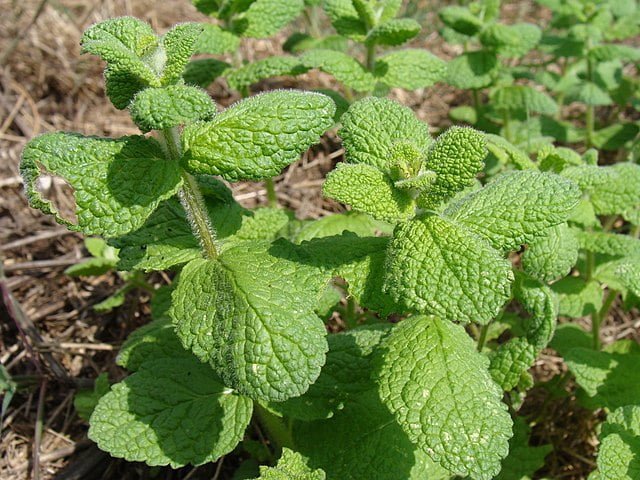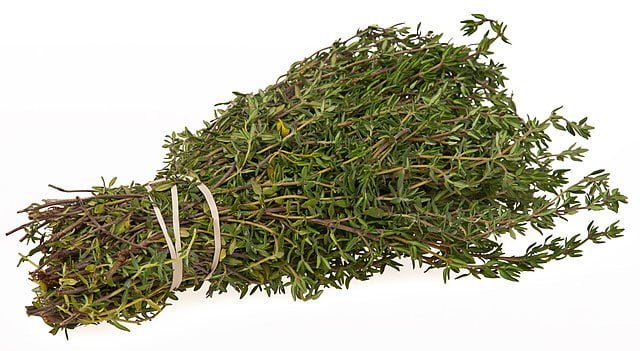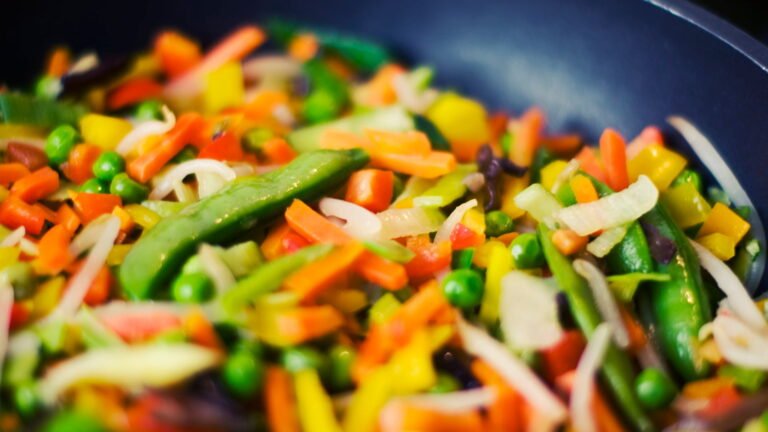Growing Mint: A Guide to Cultivating a Versatile Herb
Mint is a versatile herb known for its refreshing aroma and culinary uses. Whether you want to add a delightful twist to your beverages, enhance your culinary creations, or enjoy its aromatic foliage in your garden, growing mint is a rewarding experience. This guide will provide you with simple steps to successfully cultivate mint and enjoy its delightful flavours.
Selecting the Right Mint Variety
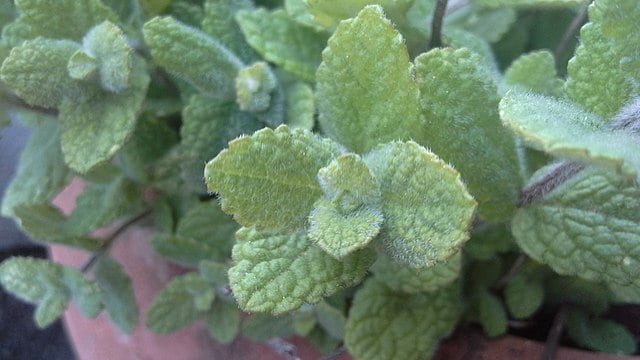
Mint comes in various types, each with its unique flavour profile and growth habit. Spearmint (Mentha spicata) and peppermint (Mentha × piperita) are popular choices with their distinct flavours. Other varieties like chocolate mint, pineapple mint, and lemon balm mint offer different flavour profiles. Choose a variety that suits your taste preferences and culinary needs.
Choosing the Planting Location
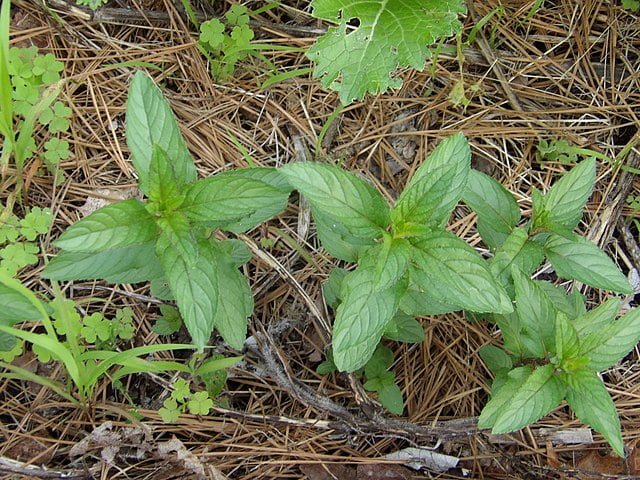
Mint thrives in moist soil and partial shade. Select a location in your garden that receives a few hours of direct sunlight but is protected from intense afternoon sun. Ensure the soil is well-draining and rich in organic matter. If your soil tends to retain moisture, consider growing mint in containers or raised beds to prevent it from spreading aggressively.
Planting Mint
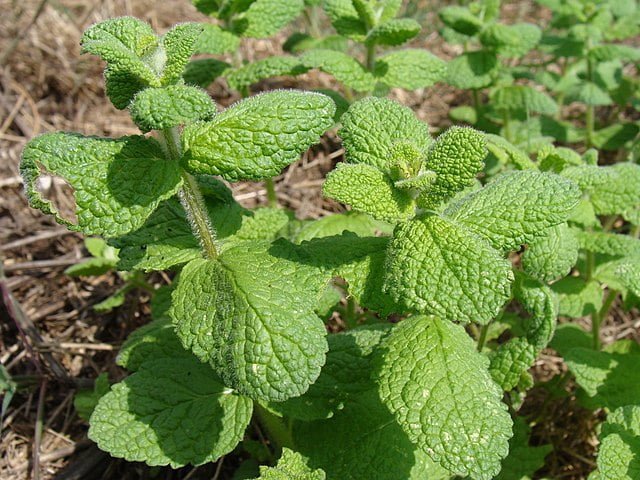
Mint can be grown from seeds, cuttings, or purchased plants. If starting from seeds, sow them indoors 8-10 weeks before the last expected frost and transplant the seedlings outdoors once the weather warms up. Alternatively, plant nursery-bought mint plants directly into the ground or containers. Space the plants about 12-18 inches apart to allow for proper airflow and growth.
Watering and Care
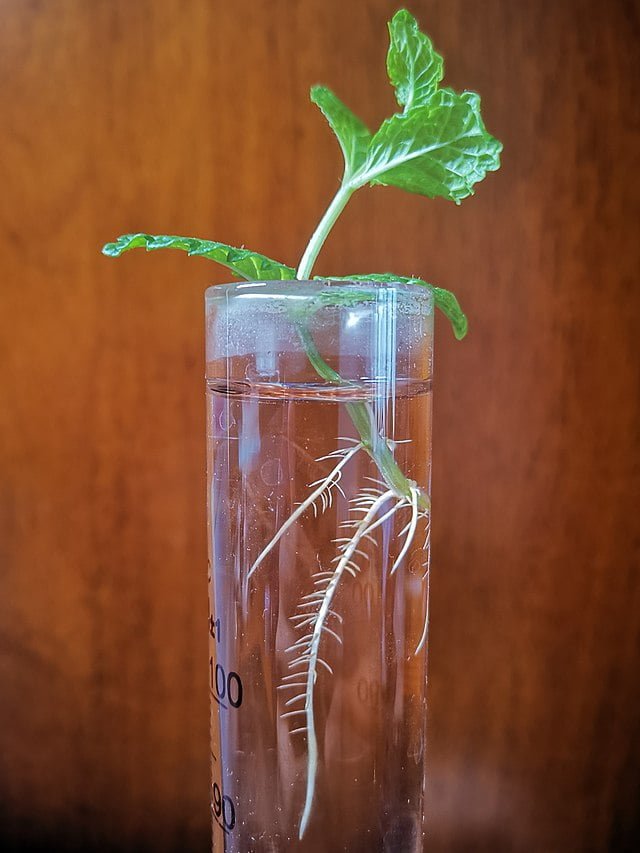
Mint requires consistent moisture to thrive. Water the plants regularly to keep the soil evenly moist but not waterlogged. Mint plants can tolerate some drying out between watering sessions, but avoid allowing them to wilt. Applying a layer of organic mulch, such as straw or wood chips, around the plants helps retain moisture and suppresses weeds.
Pruning and Maintenance

Regular pruning helps maintain the shape and vigor of mint plants. Pinch or trim the stems regularly to encourage bushier growth and prevent legginess. This will also help control the spread of mint, especially if you’re growing it in a garden bed. Remove any flower buds that appear to divert the plant’s energy into leaf production.
Harvesting and Enjoying
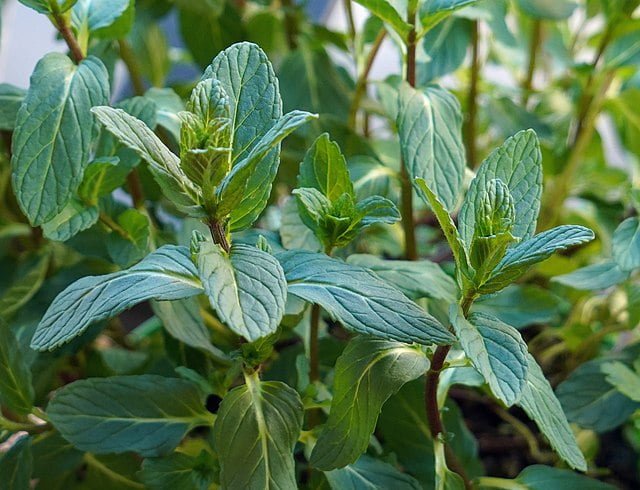
Mint leaves can be harvested at any time once the plant is established. Snip individual leaves or cut entire stems just above a leaf node. Fresh mint leaves can be used immediately in beverages like mint tea, infused water, or cocktails. Mint leaves can also be dried by hanging small bunches upside down in a cool, well-ventilated area. Once dry, store the leaves in airtight containers for future use.
With its refreshing flavour and enticing scent, mint is a wonderful herb to grow in your garden. Follow these simple steps to cultivate and care for your mint plants, and you’ll have a fresh supply of this versatile herb to enhance your culinary creations and enjoy its aromatic qualities.

